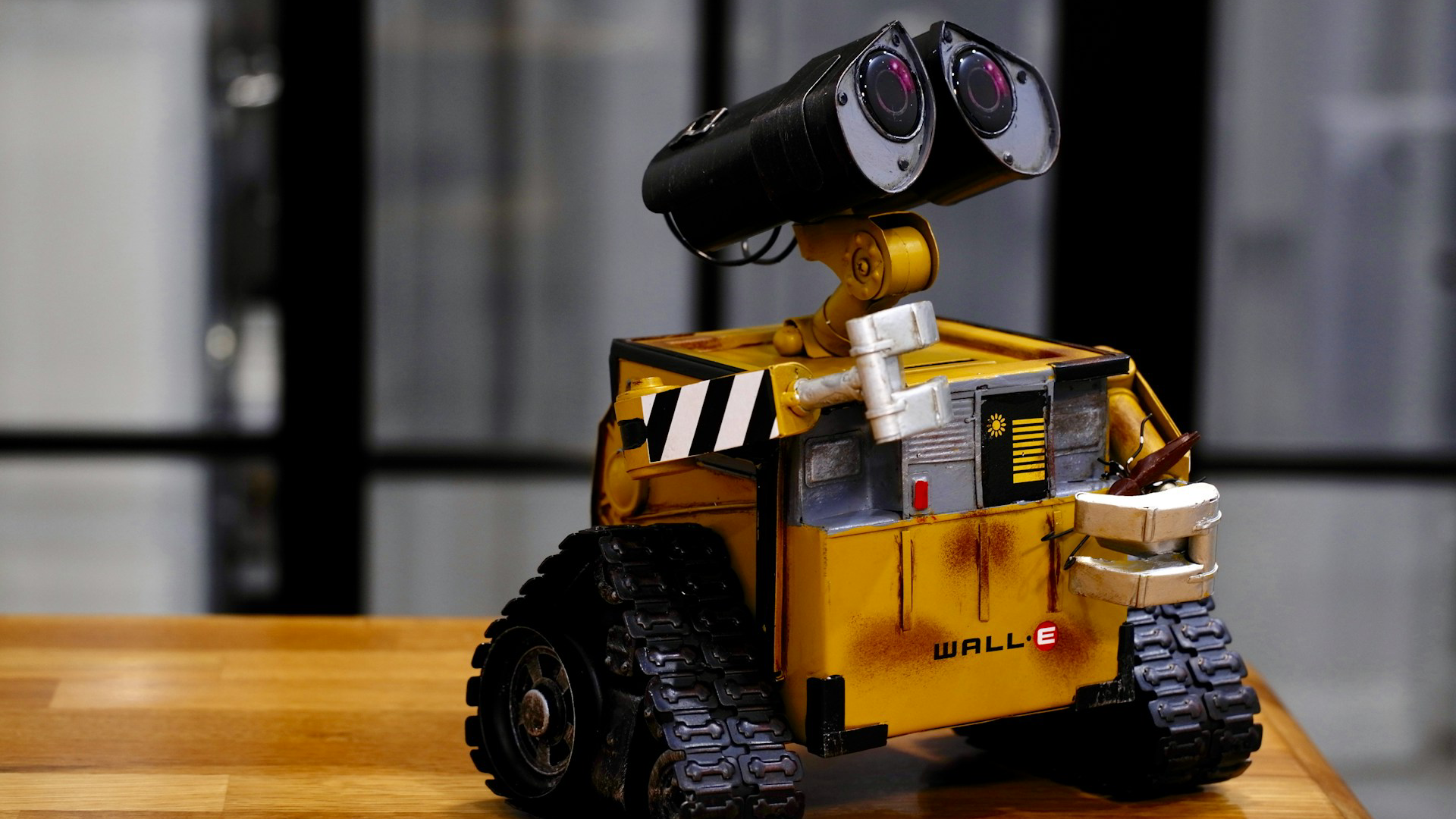Let’s be honest. Few things are more misleading in machine learning than a model showing 99% (or even 100%) accuracy because of overfitting. On paper, that number looks great. But just like a first date that feels a little too perfect, something usually feels off.
And most of the time, it is. That shiny accuracy score? It might be giving you a false sense of success. More specifically, your model may have learned the wrong thing way too well.
What is Overfitting?
Imagine you’re building a model to assess employee efficiency. You feed it a thousand performance reports, and coincidentally, every report includes a particular project that all employees worked on. The model learns that this specific project is a reliable indicator of efficiency.
But here’s the problem, it hasn’t really learned what makes an employee efficient. It has simply memorized a correlation that doesn’t generalize. That’s overfitting. Your model is focused on memorizing patterns that exist only in your training data, not on understanding what truly drives performance.
Why Overfitting Happens and Why It Keeps Happening
Modern machine learning models are powerful. Neural networks, random forests, transformers, these tools can model extremely complex relationships. But that power comes with risk. When your dataset is small or noisy, models tend to overfit by learning every detail, including irrelevant ones.
The real issue is that they don’t warn you. They return near-perfect training results and leave you thinking everything is working as it should. Only when the model is exposed to new, unseen data does its performance drop sharply, and by then, it’s too late.
Overfitting occurs because modern models have an enormous number of parameters. When the training data is limited or contains outliers, the model doesn’t just learn the general trends, it starts memorizing the random quirks and noise. As a result, it becomes over-specialized to the training data and loses the ability to perform reliably on real-world data.
What Overfitting Looks Like
You’ll know your model is overfitting when its performance on training data is excellent, maybe even perfect, but its accuracy drops significantly on validation or test data. That performance gap is a clear indicator.
In these cases, the model didn’t learn the underlying structure or meaningful patterns. It simply learned to repeat the answers from memory. It memorized rather than generalized.
Caution! A high accuracy rate does not always indicate overfitting. It is usually the gap between training and test accuracy that suggests overfitting. However, this also depends on other factors such as the dataset size, the relationships between variables, and more.
How to Fight Overfitting
The good news is that overfitting is manageable. The key is to keep your model’s complexity in check and to be deliberate with your training process. Here are several effective strategies.
Cross-Validation
Rather than depending on a single train-test split, use cross-validation to evaluate your model across multiple data splits. This approach helps reveal whether your model performs consistently, or if it’s just doing well on one specific subset of the data.
Regularization
Regularization methods like L1 (Lasso) and L2 (Ridge) add constraints that discourage a model from becoming too complex. These techniques help your model prioritize the most important features while ignoring minor variations that do not generalize well.
Simplify the Model
Overfitting often stems from models that are too large or complex for the problem at hand. Reducing the number of layers in a neural network, limiting the depth of a decision tree, or selecting fewer features can make your model more robust and generalizable.
Early Stopping
In deep learning, a model may continue improving on the training data long after it has peaked on the validation set. Early stopping monitors performance on validation data and halts training once improvements plateau, reducing the risk of overfitting.
Dropout
Dropout is a technique used in neural networks where a random subset of neurons is deactivated during each training step. This forces the model to develop multiple independent pathways for learning, which makes it more adaptable and less reliant on specific nodes.
Feeding with More Data
This may be the most straightforward and effective solution. When you train on a small dataset, your model is more likely to memorize it. Providing more examples, especially ones that reflect the variability of real-world scenarios, helps your model focus on patterns that actually matter.
Conclusion
Overfitting is not a rare problem. It’s the natural outcome when you allow a powerful model to overindulge in limited data. That near-perfect training accuracy? It might not be something to celebrate, it could be your first warning sign.
So the next time your model claims it’s performing flawlessly, take a step back. Ask yourself whether it has truly learned the structure of the problem, or if it’s simply reciting answers from memory.


